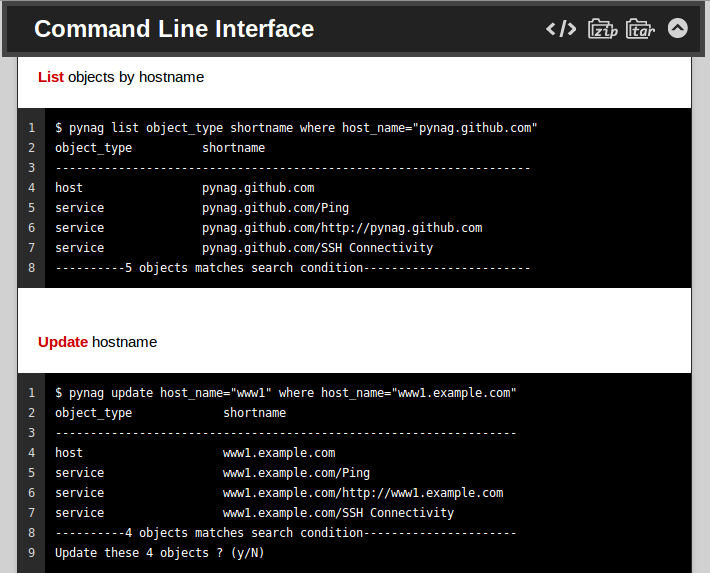


html: if we need to show output in html mode at that time we can use this output mode that is html code.column: if we need to align data in some way at that time we can use this output mode and basically column is used to left-aligned.CSV: The CSV means Comma-separated values that mean we store data in the tabular format.mode MODE: By using this command we set the output mode of the SQL statement, different output modes are available as follows. log FILE | off: We can turn on or off log files by using this command. load FILE ? ENTRY ?: Sometimes if we need to load some library at that time we can use the above-mentioned commands. If we specify the table then it shows the only matching indices by using the LIKE pattern.

indices? TABLE ?: The above command is used to show all names of indices that are present in the database. import FILE TABLE: If we need to import the data from a text file into the table at that time we can use the above command. header(s) ON | OFF: This command is used to display the headers we can turn on or off as per the requirement. explain ON | OFF: The above command is used to turn the explain mode on or off, when we turn on then there is no argument in the SQL statement. exit command is used to exit the SQLite prompt id we required. echo ON | OFF: This command turns SQL command on or off, we set echo on any SQL commands before execution. dump? Table?: Basically dump database command is an SQL text format and uses the LIKE clauses to match table patterns. database: The above-mentioned command of SQLite database is used to list all names and files that are related to the SQLite database. bail ON|OFF: This command is used to stop the execution when an error may occur and by default, it is off. backup? DB? FILE: The above command is used to back up the database into the main file and it is a default file. Explanation: When we execute the above command then it shows the different commands listed as follows.


 0 kommentar(er)
0 kommentar(er)
